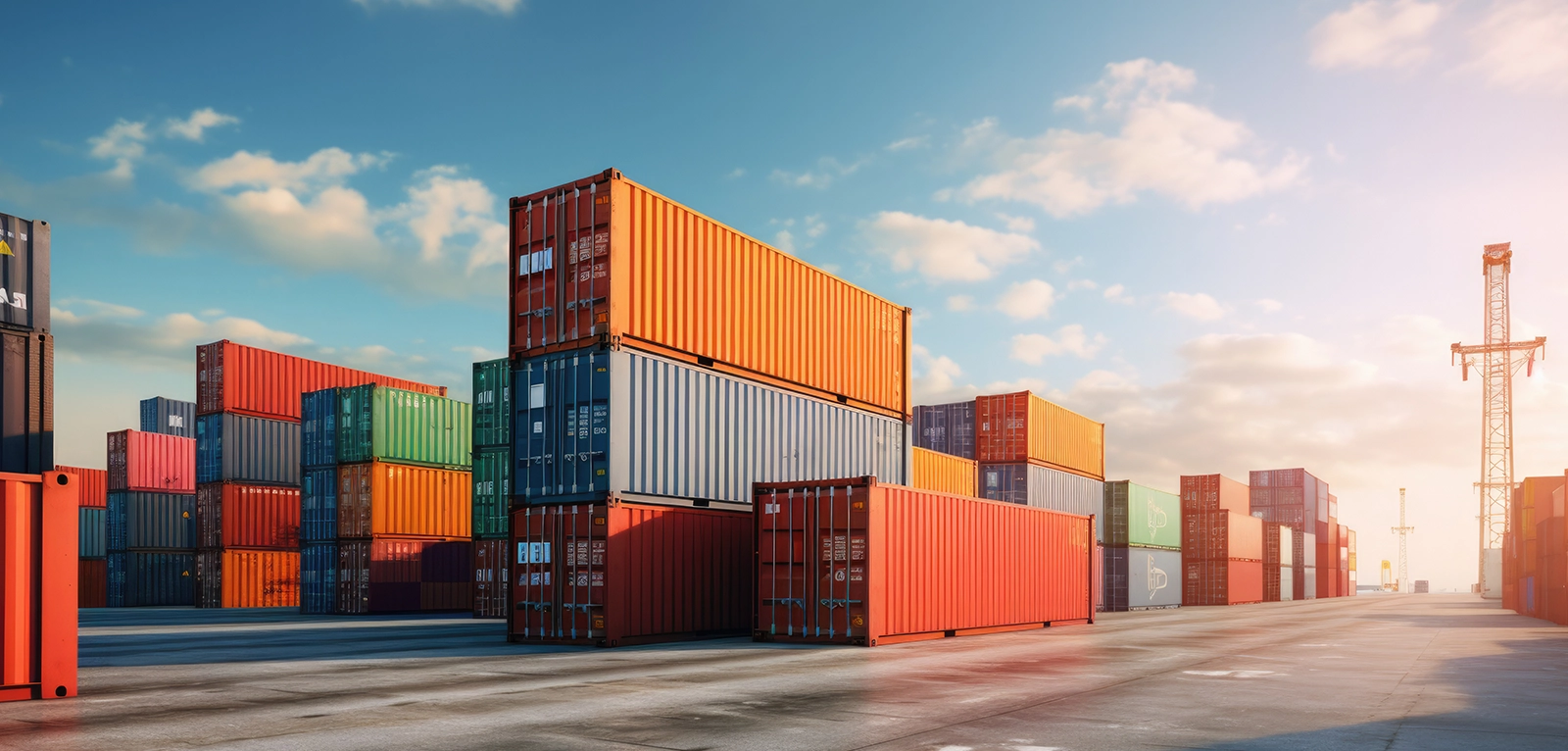Industry: Freight Forwarding & Multimodal Container Logistics.
Scope: Port → Rail → Truck → BCO → Return
The Challenge
Mid-market freight forwarders like Valor Victoria often operate in a complex ecosystem of systems—Blume for TMS, Terminal49 for ocean visibility, rail apps for inland moves, and endless spreadsheets and emails to fill in the gaps.
This fragmented environment created three critical issues:
Slow, error-prone quoting Manual rate handling made pricing a multimodal move an exercise in guesswork.
Limited visibility — Container status lived in multiple systems, with no consolidated view from port to final delivery.
Operational friction — Disconnected teams and tools meant more delays, missed handoffs, and costly exceptions.
For Valor, the goal wasn’t to rip and replace it was to connect what they already had into a single source of truth.
The CSCS Approach
We applied our Integration → Visibility → Optimization model to address the gaps without overhauling existing systems.
Not only did we close the operational gaps, but we also enabled value-added solutions including Export Order Management, Return Container Workflow, Real-Time Container Tracking, and Time-Bound Quote Management to enhance both operational and financial performance.
1- Container Workflow Management
Integrated data from Blume, Terminal49, rail systems, and CSV imports into one role-based interface.
Automated task assignments based on real-time event updates.
Provided filterable, exportable movement data to every relevant team.
2- Rate Management
Built a searchable contract rate module for truck, rail, accessorial, and FSC.
Enabled Valor and its vendors to create, update, and approve rates in-platform.
Added audit trails for compliance and version control.
3- Quote Management
Created a multi-stage digital quoting process from draft to approval.
Automated rate population from the rate module with margin logic built-in.
Supported digital counteroffers, comments, and approvals without email back-and-forth.
End-to-End in Action
For a Midwest grain exporter booking 50 containers to LA port:
Order Ingestion: CSV import triggers automated workflow and visibility sync.
Rate Retrieval: System auto-applies contracted rail + dray + accessorial rates with FSC and margin.
Quote: Customer receives a secure link, counters two lanes, and approvals are logged automatically.
Execution: Containers tracked seamlessly across rail and truck legs, with task groups adjusting dynamically.
Invoicing: EDI 210 feeds invoices into QuickBooks with full reconciliation in a single UI.
The Results
40% reduction in manual data entry and reconciliation.
25% faster quote-to-cash cycle.
20–30% improvement in on-time container delivery.
Unified, real-time operational and financial visibility across all teams.
Why It Matters for the Mid-Market
Many mid-market logistics providers believe digital transformation means expensive system overhauls. Valor Victoria’s journey shows that measurable gains in speed, accuracy, and customer experience come from connecting existing tools not replacing them.
When you close the gaps between systems and teams and enable value-added capabilities like export order management, return container workflows, real-time container tracking, and time-bound quote management, you don’t just move freight more efficiently you move your entire business forward.

